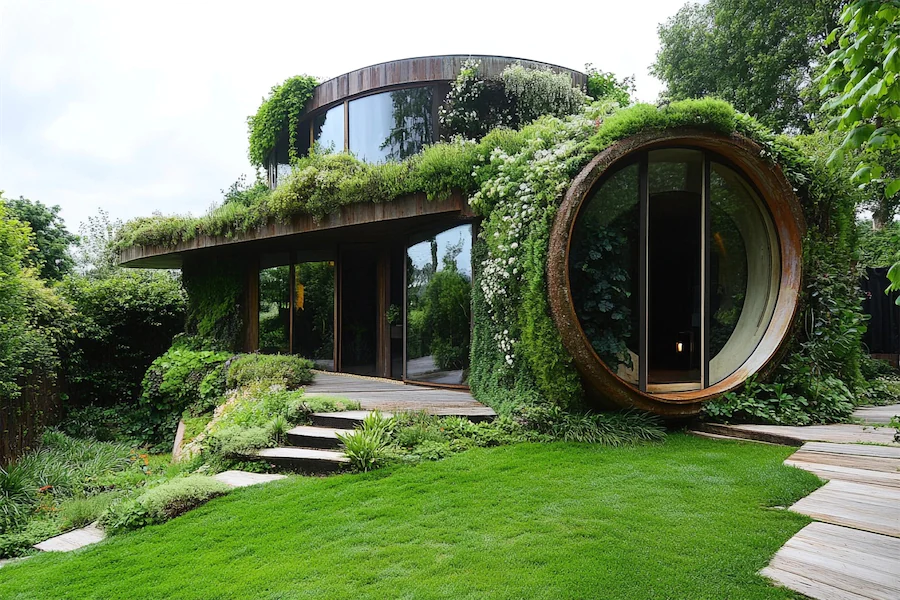An Eco-Friendly Garden is a thoughtfully designed outdoor space that prioritizes environmental sustainability, resource conservation, and biodiversity. By adopting practices that reduce waste, conserve water, and support local wildlife, eco-friendly gardens contribute positively to the environment while providing a serene and functional area for enjoyment.
History and Origins of Eco-Friendly Gardens
The movement towards eco-friendly gardening gained momentum in the late 20th century as awareness of environmental issues grew. Gardeners began to recognize the impact of traditional gardening practices on natural ecosystems, leading to the adoption of sustainable methods that harmonize with the environment. This shift was influenced by broader environmental movements advocating for conservation and responsible resource use.
Key Features of Eco-Friendly Gardens
- Native Plantings: Utilizing indigenous plants adapted to the local climate reduces the need for excessive watering and chemical interventions, promoting a balanced ecosystem.
- Water Conservation: Implementing rain gardens, installing rain barrels, and choosing drought-resistant plants help in minimizing water usage and managing runoff effectively.
- Soil Health: Incorporating composting systems recycles organic waste into nutrient-rich soil amendments, enhancing soil fertility and structure.
- Wildlife Support: Designing habitats that attract and sustain pollinators, birds, and beneficial insects fosters biodiversity and natural pest control.
- Sustainable Materials: Using recycled, reclaimed, or locally sourced materials for garden structures and pathways reduces the environmental footprint associated with manufacturing and transportation.
Applications of Eco-Friendly Gardens
- Residential Landscapes: Homeowners can create sustainable gardens that lower utility costs and provide personal green spaces contributing to environmental health.
- Community Gardens: Shared spaces can adopt eco-friendly practices to educate and engage the public in sustainable living.
- Corporate and Public Spaces: Businesses and municipalities can design eco-friendly landscapes to enhance urban aesthetics, reduce heat islands, and improve air quality.
Considerations When Designing an Eco-Friendly Garden
- Site Assessment: Evaluate the local climate, soil conditions, and existing vegetation to inform appropriate plant selection and design strategies.
- Resource Availability: Plan for efficient use of water, energy, and materials, incorporating features like drip irrigation systems and solar-powered lighting.
- Maintenance Practices: Adopt organic gardening methods, such as mulching and natural pest management, to maintain garden health without harmful chemicals.
- Community and Wildlife Impact: Consider how the garden supports local wildlife and integrates with the surrounding community, promoting ecological balance and social benefits.
Conclusion
Eco-friendly gardens represent a harmonious blend of aesthetics and environmental stewardship. By embracing sustainable practices, these gardens not only enhance personal and communal spaces but also contribute to the broader goal of ecological preservation. Through mindful design and maintenance, eco-friendly gardens serve as living examples of how individual actions can positively impact the planet.
